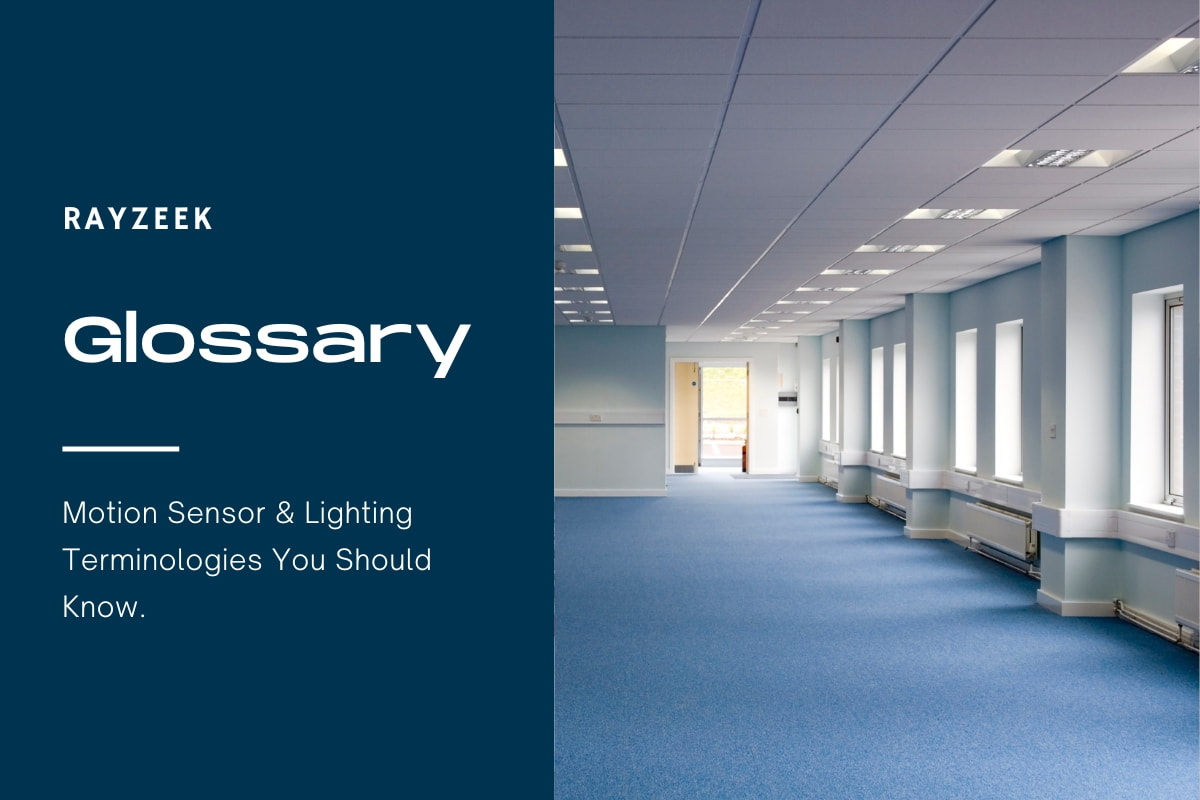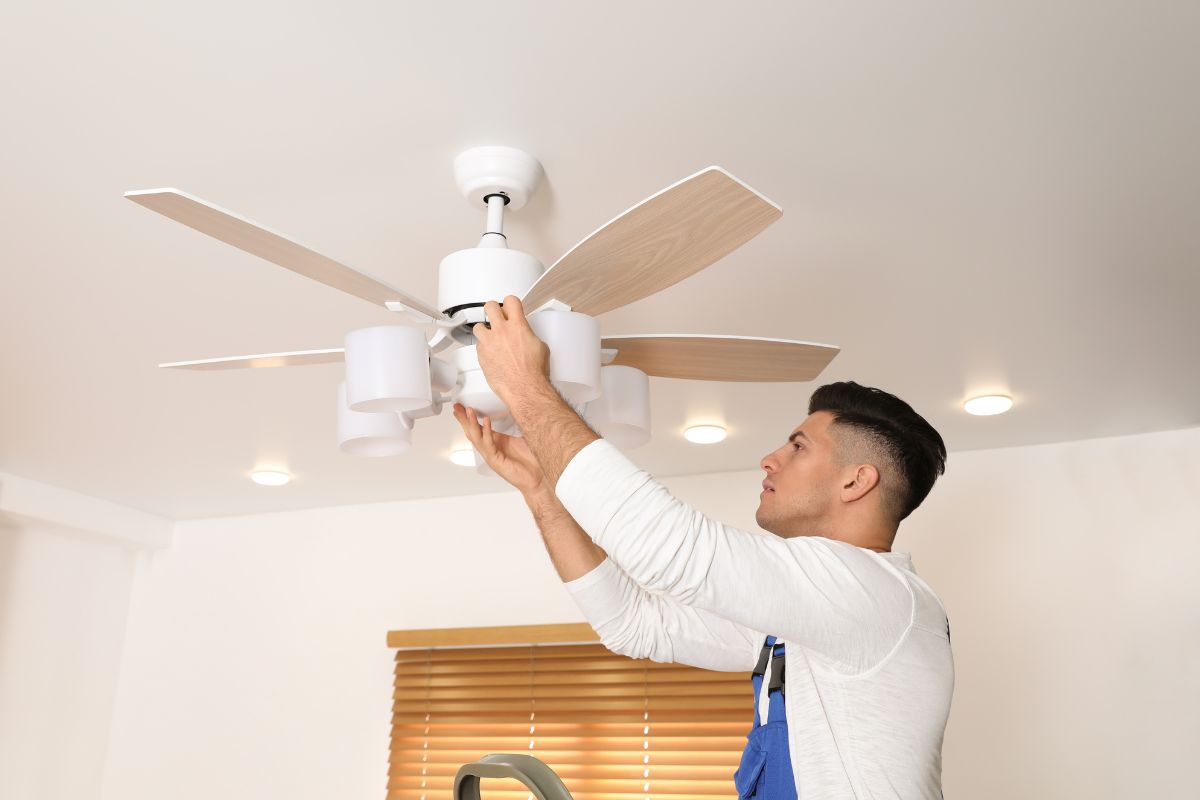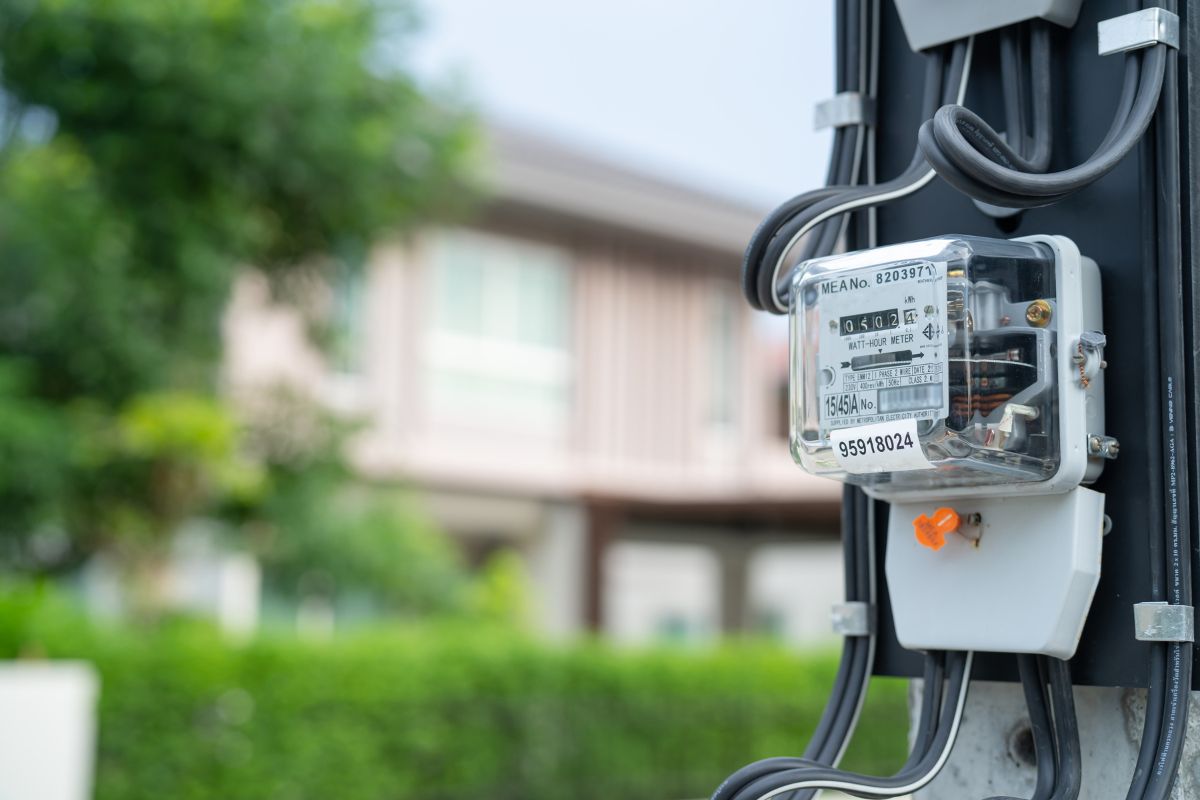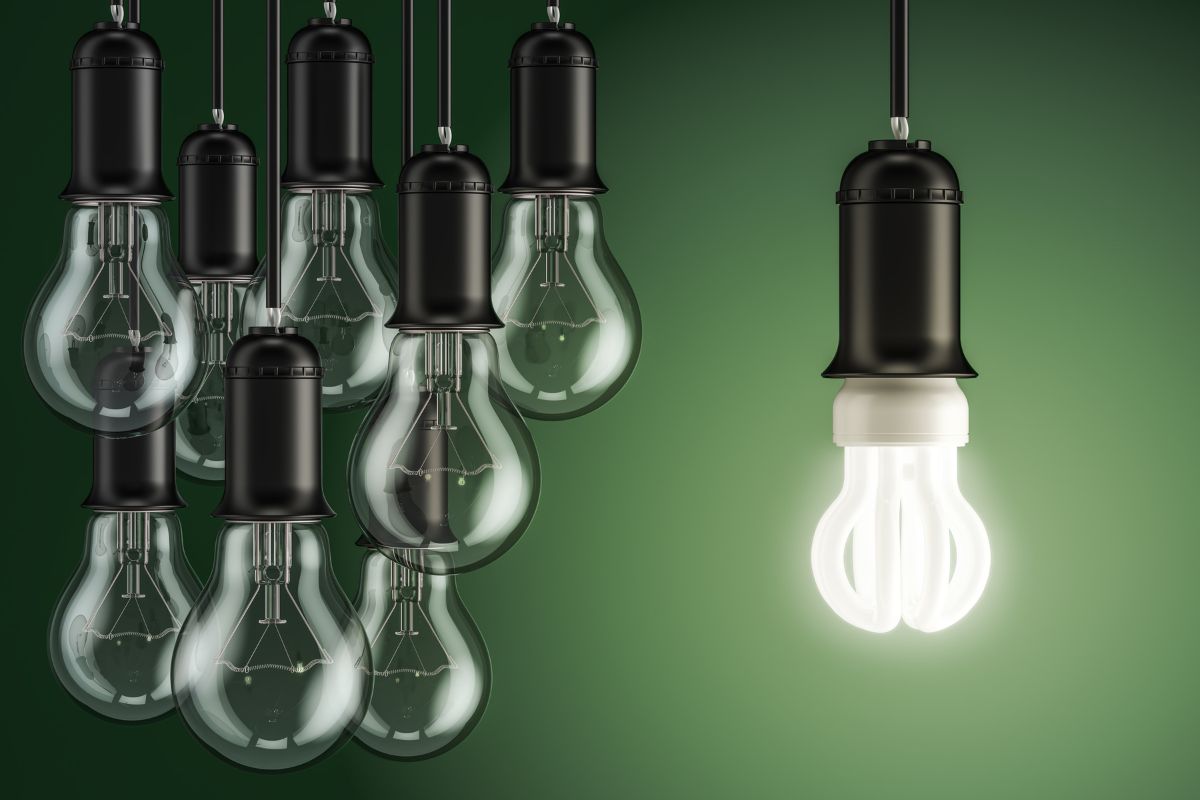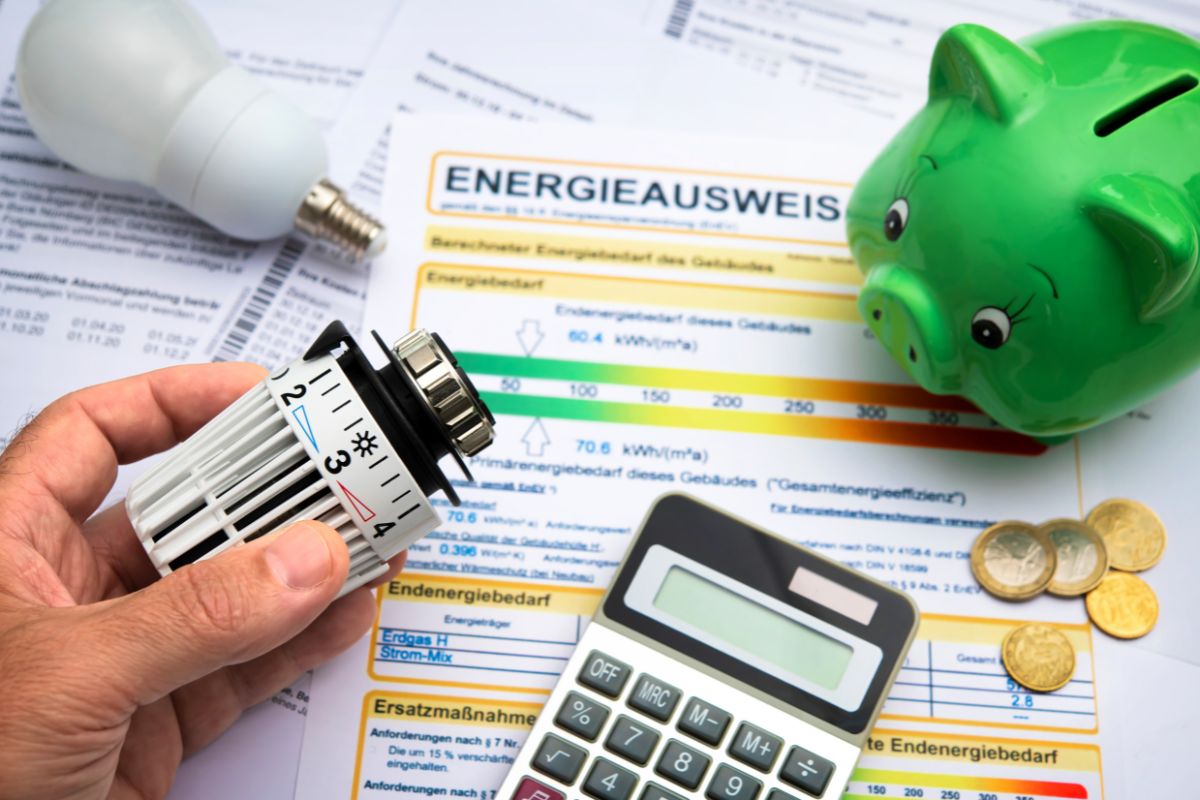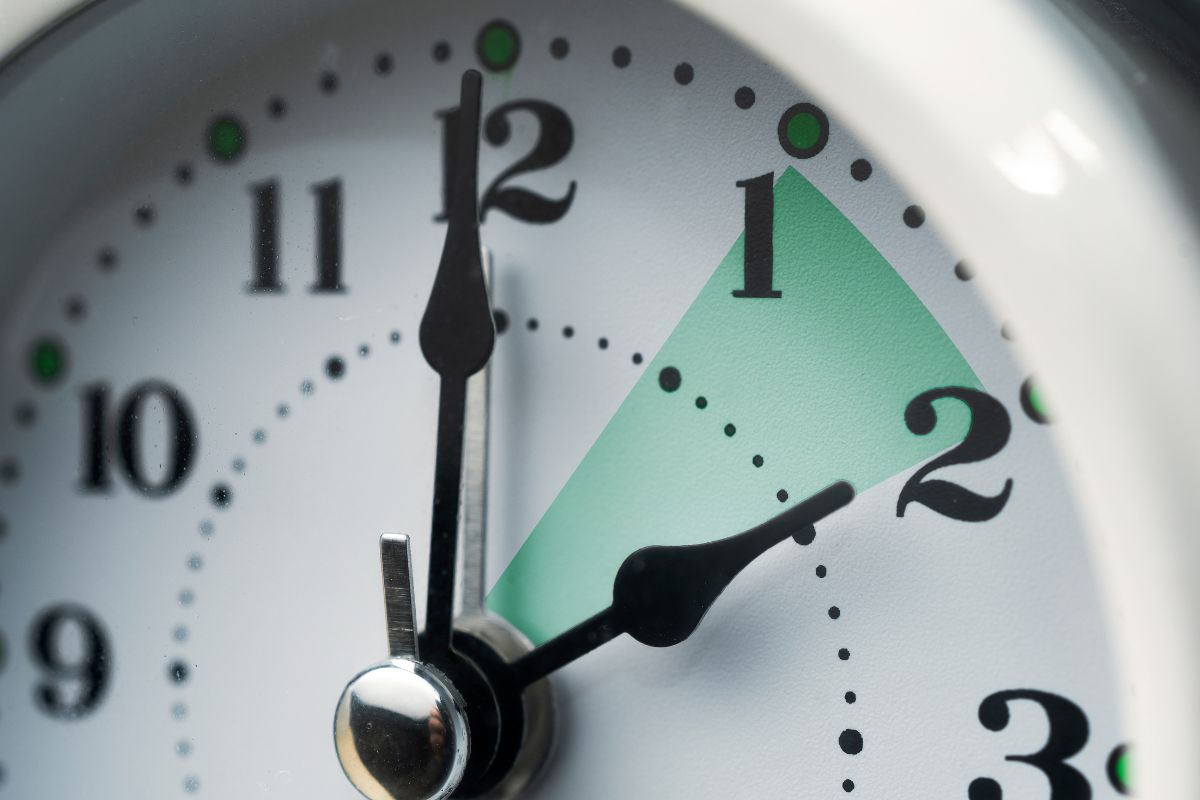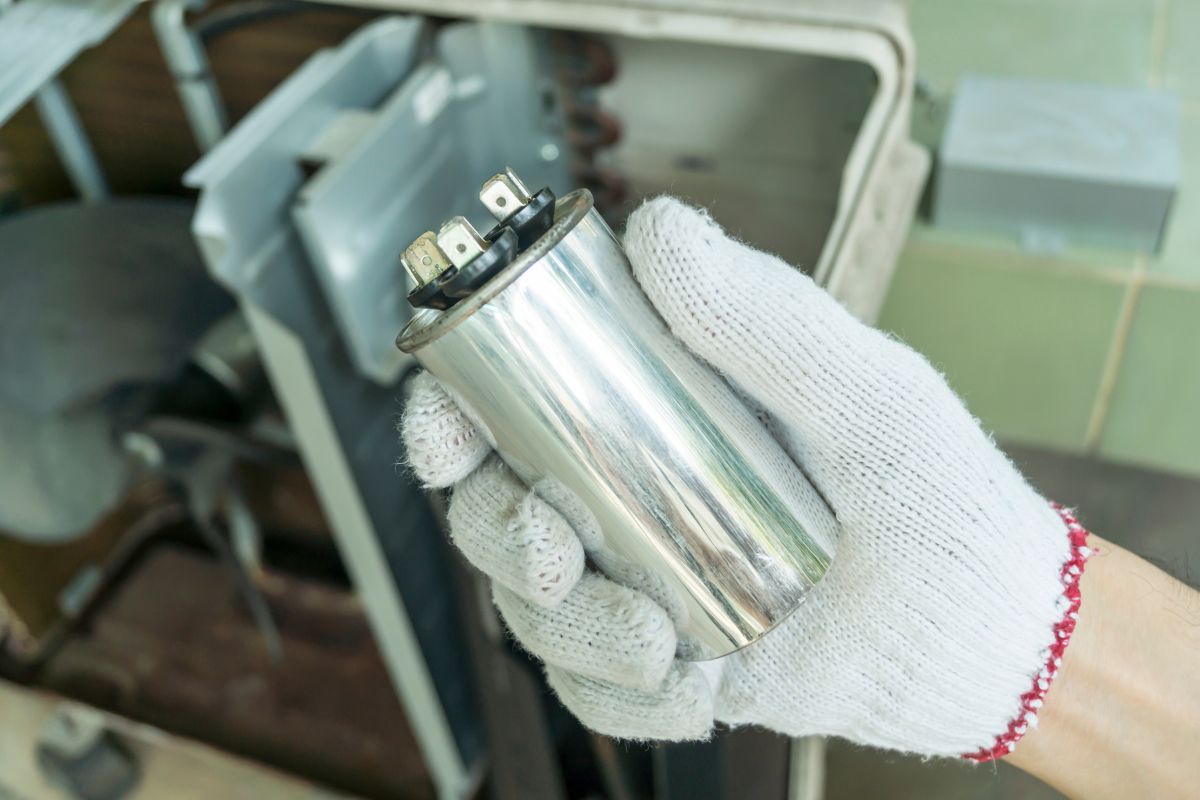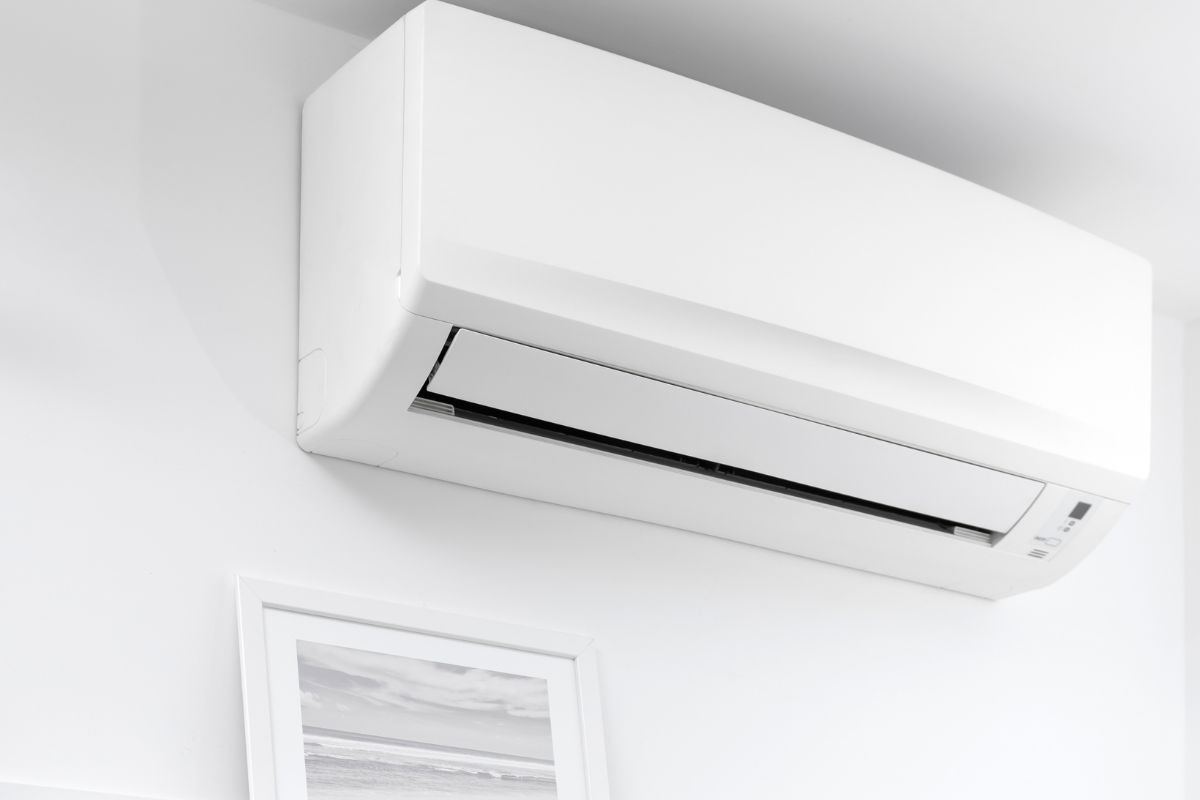What is Efficiency
Efficiency measures how effectively a lighting system converts electrical energy into visible light. It is calculated as the percentage of light emitted from a light fixture and light source when energized. Efficiency is an important factor to consider when selecting a lighting product as it directly impacts energy consumption and operating costs. The efficiency of a lighting fixture is influenced by various factors, including the design of the fixture, the type of light source used, and any additional components or technologies incorporated into the system. Fixtures with advanced optical systems and reflectors can maximize light output by directing and controlling the distribution of light.
Looking For Motion-Activated Energy-Saving Solutions?
Contact us for complete PIR motion sensors, motion-activated energy-saving products, motion sensor switches, and Occupancy/Vacancy commercial solutions.
Efficiency should not be confused with efficacy, another commonly used term in the lighting industry. While efficiency measures the percentage of light emitted from a fixture, efficacy refers to the amount of usable light produced by a light source per unit of electrical power consumed, typically measured in lumens per watt (lm/W). A high-efficiency fixture may not necessarily have a high efficacy if the light source used is not efficient in converting electrical power into light. Similarly, a high-efficacy light source may not result in a high-efficiency lighting system if the fixture itself has poor optical design or light distribution.

